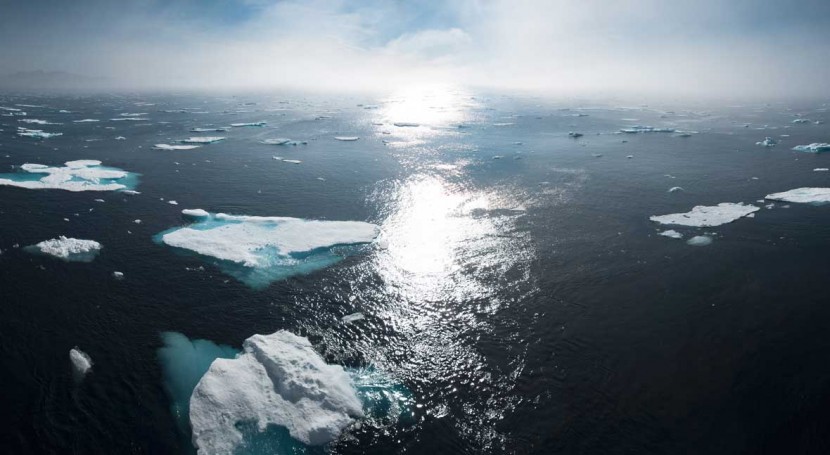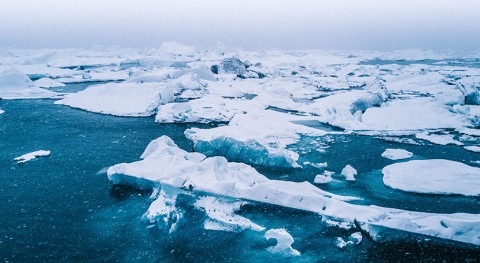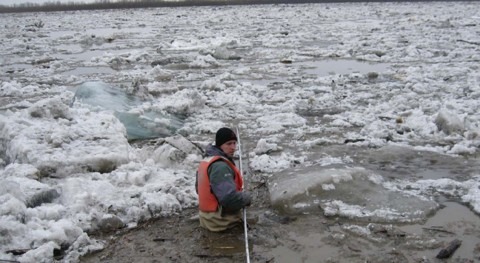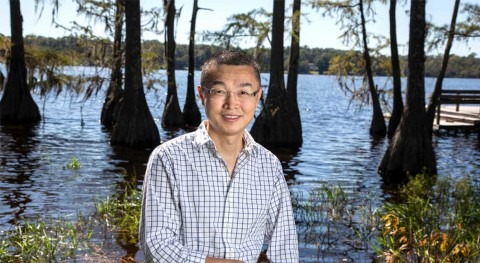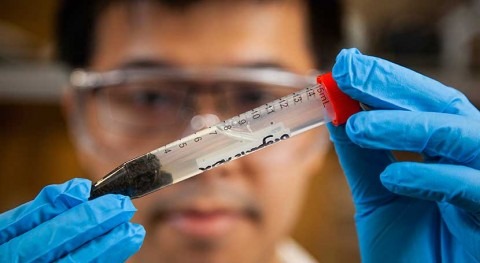A Florida State University researcher is part of a team that has found varying projections on global warming trends put forth by climate change scientists can be explained by differing models’ predictions regarding ice loss and atmospheric water vapor.
The work will help climate scientists reconcile various models to improve their accuracy, said Florida State University Meteorology Professor Ming Cai, one of the authors of the study published in Nature Communications .
Climate scientists agree that the Earth’s surface temperature is warming, but the details of exactly where and by how much are less clear. A worst-case climate change scenario (known as the “Representative Concentration Pathway 8.5”) predicted a likely increase in average global temperatures of about 2.6 degrees Celsius to 4.8 degrees Celsius (or about 4.7 degrees Fahrenheit to 8.6 degrees Fahrenheit) by 2100.
“This uncertainty limits our ability to foresee the severity of the global warming impacts on nature and human civilization,” Cai said. “The more information we have about the effects of climate change around the world, the better prepared we will be.”
The difference in those conclusions would mean the difference between a sea level rise of about a half-meter to close to one meter, for example.
As scientists around the world have studied the climate, they have developed their own models. Although the major components of these climate models are based on the same general physical principles, such as conservations of energy and mass, they still differ from one another in many details, which is what leads to a range of conclusions about something like the future average global temperature.
“What are the best ways to represent those details in a climate model?” Cai said. “That’s something that climate science is still working to answer. The model gets into the ‘art’ part of science.”
Climate models that predicted higher average temperatures for the Earth’s surface overall also yielded results that showed more polar ice loss and more water vapor in the atmosphere
The researchers investigated the variability among 25 climate models that participated in the United Nations’ Intergovernmental Panel on Climate Change. They found that climate models that predicted higher average temperatures for the Earth’s surface overall also yielded results that showed more polar ice loss and more water vapor in the atmosphere.
“We found that these two factors explain close to 99 percent of the difference in global-mean warming forecasts among these 25 climate models,” Cai said. “Our findings suggest that variability among climate models could be significantly reduced by narrowing the uncertainty in models simulating ice-albedo and water vapor feedbacks.”
The research also found that cloud cover is less important than scientists previously thought for explaining variation among models.
These models are tools for making forecasts for things like sea level rise, flood risk, the viability of crops and wildlife and other considerations.
“Knowing that polar ice and water vapor in the atmosphere are the most important drivers of variability in different climate models will help climate scientists further refine those models,” Cai said.


